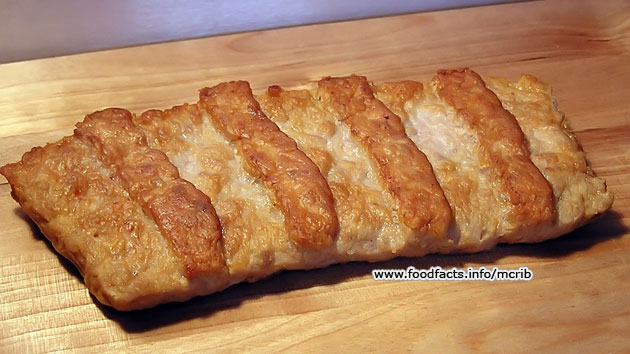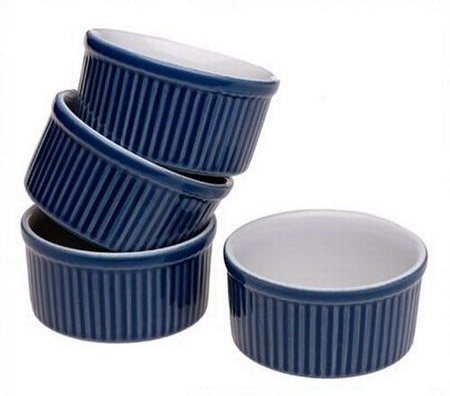There are some things that are pretty forgiving in the kitchen. Soups and stews often give someone like me a lot of room to screw up and they still turn out pretty good. Meat, however, is not the same. Whether it's turkey, steaks, roasts, or chicken; one mistake and your meat will turn as dry as Arizona. (Don't worry, you'll never know as long as you have nice friends.) Because of this, I have been a little hesitant to venture too deep into the realm of large meat cooking. Every time I have tried beef in the past, it has not been pretty. However, there is a time when everybody needs to man up and just cook a large piece of cow.
First, a primer on roast beef. There are a number of ways to cook beef. My childhood memories are filled with Sunday pot roasts with carrots and onions. I particularly like pot roast because the meat pulls apart and requires no more than a fork. I have also had roast beef tenderloins that were rolled in salt and oven roasted until it reached a similar result with a crispy crust. What I have never had much of is the type of roast beef that comes in slices and contains a nice pink center.
My seasoning was a simple, yet generous, coating of olive oil, fresh garlic, coarse sea salt, ground pepper and freshly minced rosemary. I choose not to marinade in any sort of sauce because quality beef has really good flavor without the help of overpowering marinades. You may want a marinade for tougher cuts of beef because they will break down the connective tissues.
After a quick sear at 450 degrees, I dropped the temperature down to 300 degrees for a couple hours. Once it got to an internal temperature of 148 degrees, I pulled it out to rest. I would have taken it out once it hit 135 degrees, but my wife likes her meat a little more done than me. Below is the end result. It sliced very easy into 1/4 inch"steaks" and it was pretty juicy and tender. I would have preferred it to be less done because it would have been even more tender. In the end, it was a success. Salty, fatty, moist beef.
 Here is the lesson to take away:
Here is the lesson to take away:- When it comes to meat, you get what you pay for. You are not smarter than the cow. Don't trick yourself into thinking you are going to turn a bottom round roast into a culinary masterpiece. For dry oven roasting use a tenderloin or rib cut. For slow cooking in a crock pot you can use a more lean cut like the round roast. I have tried to violate this rule a number of times and each time I get beef that makes my jaw tired from chewing. Hint: The internet is full of good info about cooking meat. Find the best cooking method for whatever cut you buy.
- Using a meat thermometer takes the mystery out of beef. Know what temp you want and just wait for the meat to arrive. Do not rely on "cook times" because you don't want to overcook an oven roast.
- Wait 15 minutes before cutting (or piercing your roast). If you get anxious and slice early you will lose all your juices. Tonight I merely put my carving fork in one side to transfer it right after cooking and I lost a good amount of juice.
- Get out and try it. There is something about roasting a large section of heifer that really makes a man feel cool. If roasting is too much work, go to Arby's for a Beef 'n Cheddar.






















